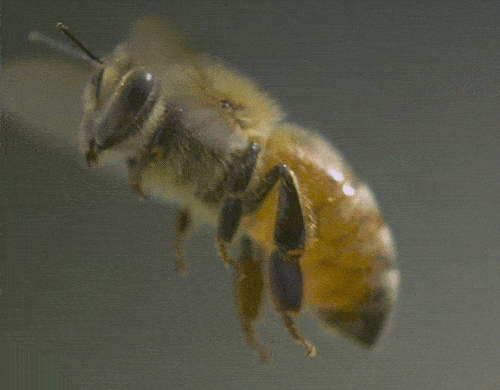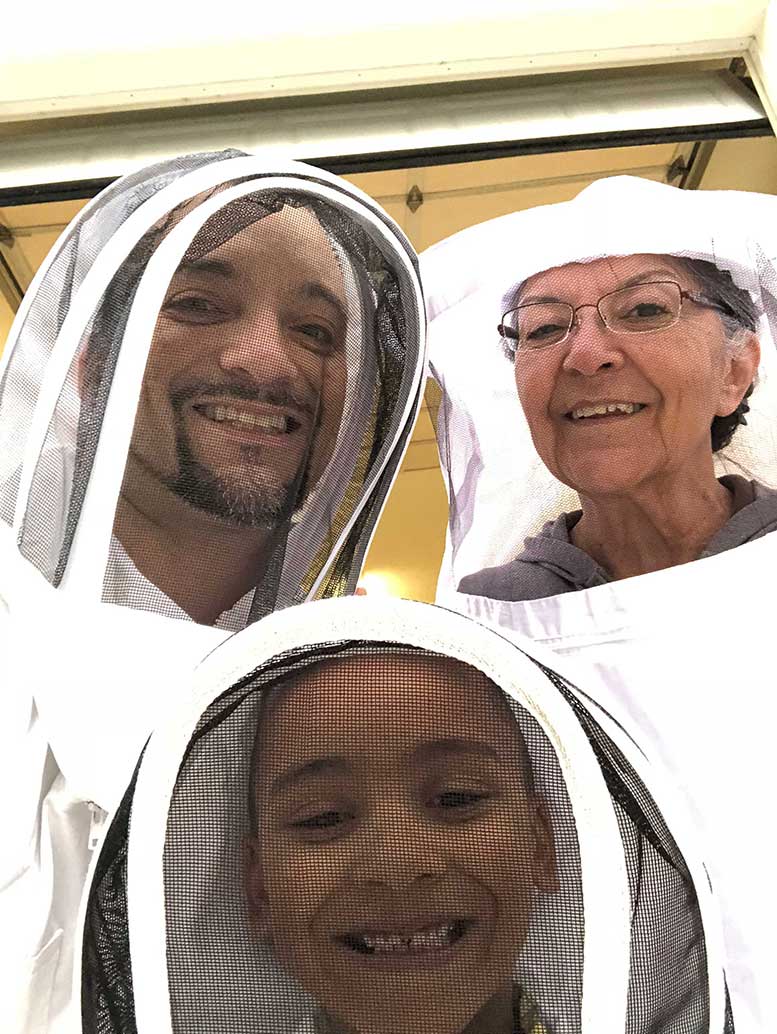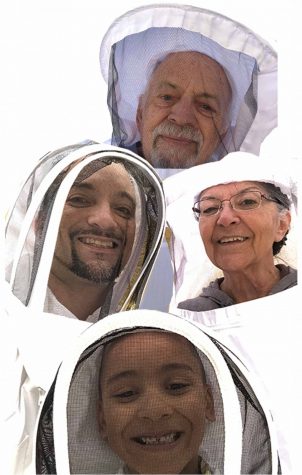- Your cart is empty
- Continue Shopping
How to Use a Honey Refractometer – Use and Calibration
How to Use a Honey Refractometer – Use and Calibration
- A refractometer measures the degree that light, passing through a solution, is bent. The amount of bending of the light depends on the concentration of water in the honey being measured. Two things are critical for accurate measurement of water content of honey:
- 1. The measurements must be made with the honey and instrument at room temperature.
- 2. The instrument must be calibrated. Calibration should be done once or twice each season or if the temperature in the honey room changes more than 5 degrees.
- To calibrate the refractometer use the reference solution supplied with the instrument. If the solution is not available use glycerin, 99.5% anhydrous, available at drug stores in the skin care section.
1. Lift the clear plastic panel free and apply 2 or three drops of reference solution to the angled glass portion of the instrument using a Qtip applicator. - 2. Allow the liquid to spread and cover the glass area. Avoid air bubbles. Close the clear panel.
- 3. Hold the refractometer towards a bright light and look through the eyepiece. If necessary, turn the eyepiece to bring the blue and white areas into focus. Note the location of the line separating the blue and white portions of the display. The line should be just below the 74 (73.8) on the central Brix scale.
4. If the line is above or below 73.8 use the small screw driver to turn the adjustment screw on top of the instrument. Moving the screw clockwise will lower the line; counterclockwise movement will raise the line. Make small changes and check after each change until the line is just below the 74.
5. Your instrument is now calibrated and ready to use.
6. Clean the flip panel and glass using a moistened soft lint free cloth.
7. If the temperature is more than 5 degrees different from when the instrument was calibrated then calibration should be repeated. Make sure that the instrument, the reference solution and the honey are all at the same temperature.
helpful hints:
1. Use a thin film of honey on the instrument. A Qtip or finger can be used to spread the sample over the glass.
2. Hold the instrument towards a bright light for easier reading of the result.
3. The water content is the right hand column of the display.
4. Honey containing more that 17.1% water is at greater risk of fermentation.
5. Recalibrate if the temperature is more than 5 degrees different than when calibration was last done
Honey refractometers how they measure moisture content and sugar content (brix)
Honey refractometers are used by beekeepers and honey packers to measure the moisture content of honey. Technically, refractometers measure the refractive index of a substance.
Explanation: Light travels at different speeds through different materials. The refractive index is just a comparison between two numbers: the speed of light through a vacuum and the speed of light through the material you are testing—in this case honey.
Light also changes direction after it passes through different materials. If you measure the difference between the angle of incidence (light coming in) and the angle of refraction (light coming out) of a substance you can use this number to determine the refractive index. This is how a refractometer actually works.
Explanation: If you look at a straw in a glass of water you will see it looks distorted. This is because light moves faster through just the glass than it does through the glass and the water combined. Likewise, light will move faster through honey that has few solids than it will move through honey that has many solids. In other words, the refractive index of honey will change based on the amount of solids (sugars and other substances) in it.
Refractometers also make corrections based on temperature, because the refractive index will change slightly as the temperature changes.
Now, to make this all the more perplexing, the amount of solids in a liquid is measured on a scale called the Brix scale.
Explanation: Brix is a scary sounding name for a simple kind of scale. Each degree of Brix equals 1 percent sugar. So, grape juice with a Brix of 18 is 18 percent sugar. The Brix of honey can be from about 70 to 88.
Now here is where confusion sets in. While most refractometers give a reading in Brix (solids in water), honey refractometers give readings of water in honey. This is (kind of) the opposite of Brix.
Explanation: This type of reading is used in honey refractometers so beekeepers don’t have to subtract the Brix reading from 100 to get the moisture level. It’s just a convenience. However, it can get really confusing when a beekeeper uses a refractometer designed for another purpose—such as brewing. Not only are these designed to be most accurate in other ranges, the readings are in Brix—not 100 minus Brix. It it best to use a refractometer designed for your specific purpose.
Once you understand how a honey refractometer works, it is simple to use. There are many variations in design, but these are the basic steps:
- Calibrate the device with distilled or deionized water
- Put a drop of honey on the prism
- Close the trap door that flattens the specimen
- Focus the eyepiece
- Read the scale
Two things are especially important for getting accurate results:
- Make sure the container of honey from which your sample comes is well-mixed
- Take multiple readings, and average the readings
Explanation: Honey is a variable product which differs from hive to hive, even from cell to cell. And honey that sits for a while will have a different moisture content at the surface than at the bottom. So before testing, always make sure the honey is thoroughly combined.
Human error also plays a part. Sometimes a reading goes awry for no apparent reason and sometimes the scales are just misread or misunderstood. To be on the safe side, multiple readings are always a good idea.


